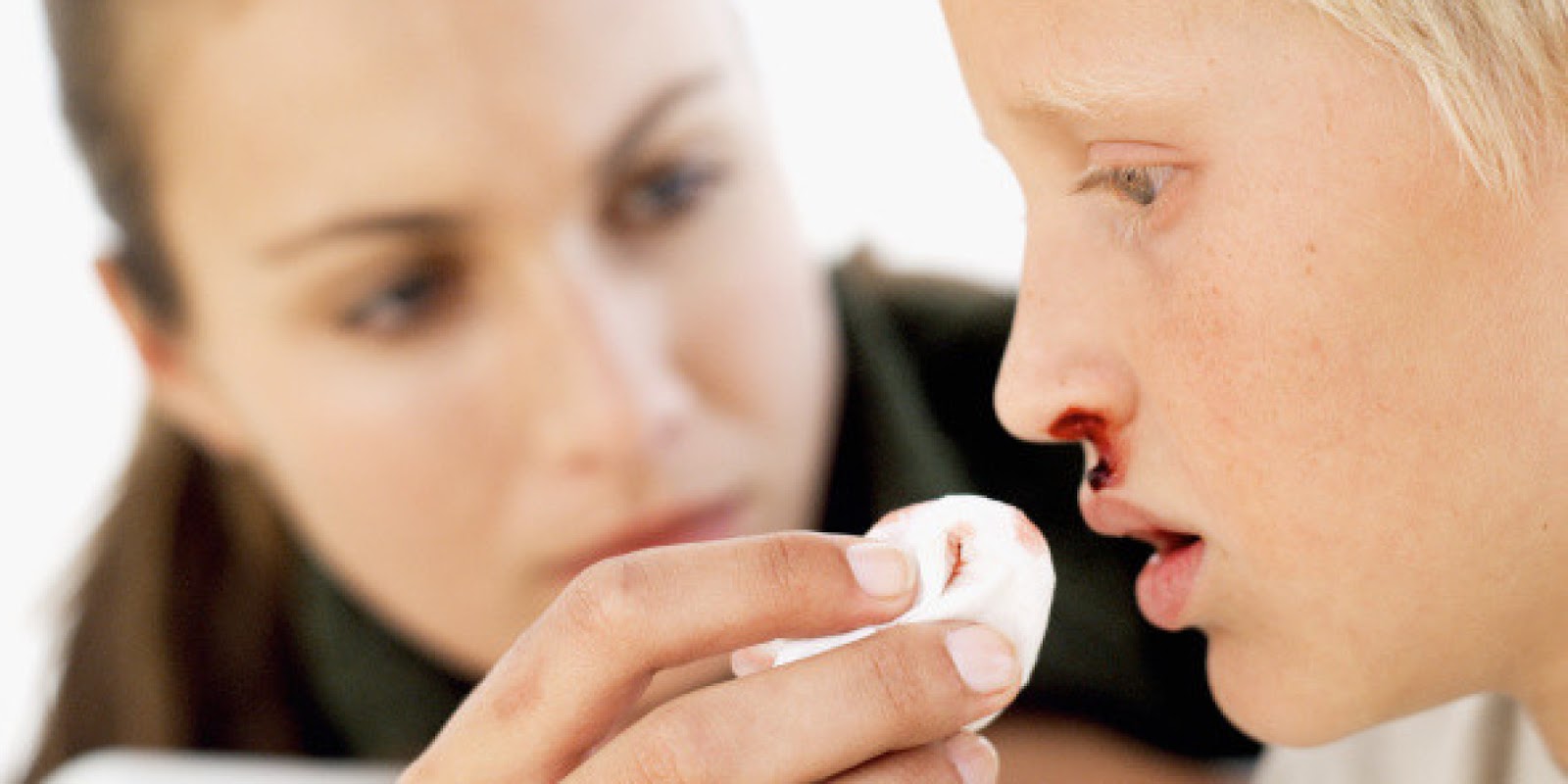Children Nosebleeds / Epistaxis
Most children have some experiences with nosebleeds. These nosebleeds are not serious and can be stopped easily. In fact, when children are brought into hospitals, their nosebleeds have already stopped by then normally. Despite the presence of only one or two drops of nosebleeds, most parents can still get worried. They are not just afraid of bleeding itself, rather these parents want to confirm nothing serious is found inside their children’s noses.
The mucous membrane of the nasal cavity is filled with tiny blood vessels, especially in the front of nasal septum. Most nosebleeds occur in this area. The causes of hemorrhage (bleeding) in the nasal septum can be linked into several aspects:
- Customary nose-picking leads to trauma: Many children, including adults, have a habit of picking their noses. When forces are too great, or fingernails are too long, they will scratch the blood vessels of nasal septum and cause bleeding.
- Allergic nose: When nose meet allergens, it will feel itchy. The children habitually rub their noses, causing the blood vessels to rupture and bleeding.
- Dried nasal mucosa: When the inner mucous membrane of the nose dries, blood vessels will rupture easily.
- Foreign bodies in the nose: young children (2 to 3 years old), driven by curiosity, children will try to put foreign objects such as toys or sample home objects (beans, fruit seeds, beads, small batteries, etc.) into their noses. These types of foreign bodies will cause inflammation and bleeding.
- Intranasal Tumors: Benign hemangiomas have the potential of frequent bleeding. Malignant tumours of the nose are rarely found during childhood.
- Coagulation disorders: Some children have congenital coagulation disorders that make blood clotting difficult.
Most of the nosebleeds are related to traumatic, allergic, and dried nasal mucosa. Only a small portion of cases are due to intranasal foreign body, tumour or coagulation dysfunction.


Advise children to sit, breath through mouths
When children experiencing nose bleeds, their parents should not feel panic. They should pinch nostrils with the thumb and index finger, and comfort the children, persuade them to open their mouths. Then continue to press noses and advise their children to sit down, breathe with their mouths, straighten their bodies and bend their heads down. If nosebleeds flow into throats, spit out and do not swallow them. This will prevent nosebleeds from causing suffocation and allow parents to estimate the amount of nosebleeds. After 5 to 10 minutes of pinching, parents can slowly release their fingers whereby nosebleeds usually stop by then. If there is any ice, parents can also wrap it in a towel and apply it on the children’s foreheads. Ice helps blood vessels to shrink and decelerate bleeding.
Since nasal endoscopy is a more invasive method of examination, most children cannot cooperate fully. If the root cause of bleeding is due to nose-picking or allergic reason, parents should advise their children not do nose-picking habitually. At the same time, the children should also avoid exposing to allergens that triggering allergic reactions, or they can use drugs to control their allergies. Parents should turn down air conditioner or turn off air conditioner temporarily to avoid air drying. At the same time, oily medicines such as petrolatum (Vaseline) can also be applied to dried or traumatized nasal septum mucosa, to prevent drying of the mucosa and secondary bleeding.
If nosebleeds happen frequently, yet the reason remains unknown, coupled with presence of other negative signs, then it is advisable to use nasal endoscope and inspect nasal cavity thoroughly.






